
An interview with
Jennifer Walsh Marr
In an attempt to unpack the student experience of group work, Jennifer Walsh Marr, a lecturer at UBC Vantage College, incorporated student peer assessment in her first-year academic English course. Aiming to recognize the need for accountability between group members, the group work also supported a sense of community and a deeper understanding of learning — along with recognition of students as active producers of learning.
Please tell us about your project.
I did a co-constructive writing or oral presentation assignment called an SRE (summarize, respond, extend). I had [my class of 25] students summarize something, respond to it, which is essentially a critical response, and then extend or apply it to other contexts.
They did this SRE assignment six times through the course, and all of them were conducted as groups, and the assessment criteria were consistent. Twenty-five per cent [of the grade] of those SRE assignments were student peer assessment.
The criteria that I came up with for the student peer assessment in the group work was: Is it good work? How were you to work with? Did you support other people? Did you listen? Did you engage? And did you support everybody’s use of English? Because I’m in an English language learning context, I did have to put in the English use piece as part of it.
This was, for me, an attempt to unpack, what does it take to work within groups?
What motivated you to initiate the project?
[Student peer assessment] was a piece to support group work, which is a key component of the learning outcome of working in intercultural situations and using English as a language of communication, not just a subject to study. Those are larger goals within my course.
Last year, one of our students did a research project on the phenomena of social loafing in group work. I asked her, “I want to do more group work next year. What was your student experience of working in groups and what worked well and what didn’t?” And she wanted there to be some accountability within the group in how they work together.
So this whole project was developed in response to student feedback of their experience in the research project. That’s where it ultimately came from, because I wanted there to be mechanisms to attend to how we engage in shared learning. And so that’s where the peer assessment piece came in.
How did you do it?
I had to figure out the interface. For the four written versions of the SRE, the students did the student peer assessment on a rubric through Canvas. Two of the SREs were oral presentations, and it was easier to do that on paper.
Developing the rubrics, I had to articulate what it was that I was looking for — what does good group work look like and feel like. There was a lot of thinking around that and then building the rubrics in Canvas.
What I ended up doing was having the students write a short paragraph, a statement of completion. [They needed to say], “This is what I did in the group. I asked these questions, or I performed these functions.” They had to put their name on that, and then the peer review was anonymous.
Continue reading ▼
Did you have the support you needed for the project? Is there additional support you wish you had had to help you to achieve your goals?
I have great support with Brian Wilson, Centre for Teaching, Learning and Technology Faculty liaison at Vantage College.
I’m open to whatever the tools are. Brian is very technologically-savvy, and he knows Canvas. He showed me how to set up peer review in Canvas, but when I was looking at the oral presentations, he agreed with me that paper was the most efficient way. It would have been far too convoluted to do it on the students’ computer screens. I wanted them to pay attention to their classmates’ presentations.
So, it’s very much purpose-based. How can I satisfy this goal? What is an appropriate tool?
What were some of the key outcomes of the project?
I think the students got to know each other better. And in getting to know each other better, there was a bit more recognition and appreciation for what other people bring, and that was one of my goals in doing this. It touches on the affective aspect of learning, developing relationships, a community of practice that the students aren’t just consumers of knowledge, but producers of knowledge as well.
I think [in the Vantage program], many of our students are away from home for the first time, and they’re in another context, in another language. They’ve got really heavy schedule loads, and reading lists. I think that working in these groups the students can remind each other: you didn’t catch that, but I caught it, and I can share it with you.
It makes them attentive to not only getting the work done but also analyzing how that work is done. I think that can lead to a deeper understanding and learning.
How did the project impact learners or how you teach?
[Student testimonials included:] “Group work doesn’t only improve my communication skills but makes the work more efficient, diversified. We’re able to discuss our own ideas, combine them together.” And, “I tried to care less about the grade, and more about the topic, which is funny because doing this boosted my grades and helped me further understand the concept. I understand that doing work in a group is not group work, but working [and] doing the work as a group is.”
This [project] has made [how I teach] much more student-centred. My job isn’t just to teach; it is to facilitate learning. [The project] was much more about that holistic education of [students] and engagement in larger communities, which I feel is part of my job.
What lessons have you learned that you want to share with your colleagues?
I was aware of students feeling that I had the knowledge, and that I was the only one who could assess [or] should assess. Some students felt like I’m abdicating responsibility by putting assessment back on them.
But I think I mitigated that by indicating this was a piece of the overall grade. I wasn’t abdicating the final product; I was asking them to assess the process of it.
Despite it being a bit messy at first, I do think it’s worth it. There’s a lot of thought that went into the initial design, criteria and articulation of performance in those criteria. I think they were student-friendly and that doing this thoroughly taps into your empathy with students.
There’s a lot of negativity around student performance and student behaviour. This is an opportunity to dig in and make transparent what we’re expecting and think of why we’re expecting that. I think this is a way of engaging with some of the underpinnings productively.
What are the future plans for this work? How do you plan on sustaining what you have created through the project?
[I want to include] more transparency around the expectations of standards of assessment on the peer review. Talking about it a little bit more.
More work needs to be done in establishing [trust] within the groups. I think there’s also that social pressure in a really tight cohort group, and I understand why there’s that real pressure to bump-up grades.
I have to revisit that for next year, and I think an anonymous piece is part of it, and more explicit discussion around it. Or perhaps providing evidence for a grade assigned. So if we’re really giving somebody an exemplary score, why was it exemplary? What makes it, and then digging into the why.
Additional resources and comments
Thondhlana, G., & Belluigi, D. Z. (2017). Students’ reception of peer assessment of group-work contributions: problematics in terms of race and gender emerging from a South African case study. Assessment & Evaluation in Higher Education, 42(7), 1118-1131.
How UBC faculty have incorporated Student Peer Assessment
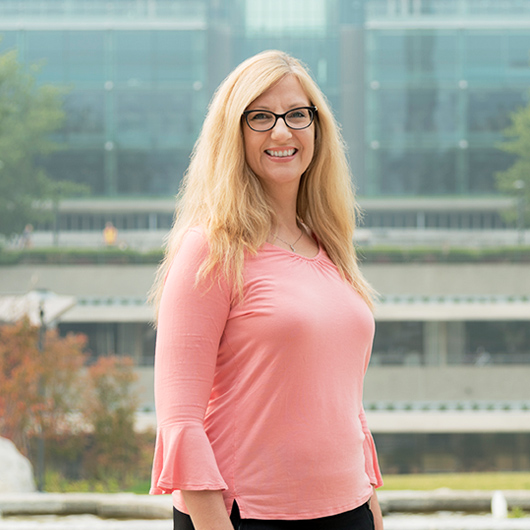
Silvia Bartolic
Silvia introduced SPA as a way of sharing her sociology students’ work with their peers. She explains the challenges and learnings she found along the way.
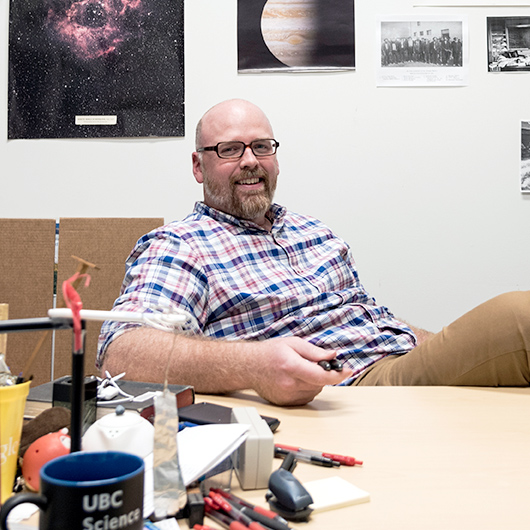
James Charbonneau
Initially a community-building exercise, James explains how peer evaluation in his physics class evolved into student peer review platform ComPAIR, and the importance of safety in peer assessment.
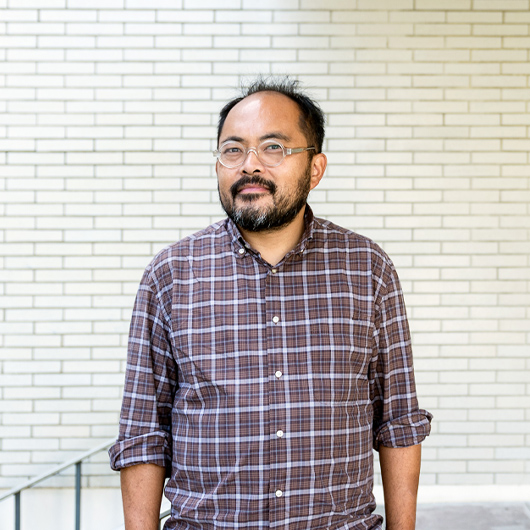
Kevin Chong
One of the foundational pieces of creative writing is peer review. Traditionally run in small workshops, Kevin shares how he brought peer review across to large lecture classes and its importance to developing writers.

Peter Graf
Personalized feedback for student learning can be challenging to deliver in large classes. But beyond that, Peter sees peer assessment as an opportunity for students to develop important critical reading and self-assessment skills.
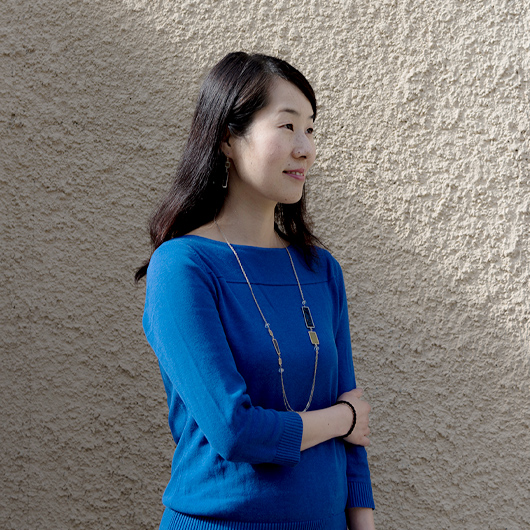
Misuzu Kazama
It’s far more common for peer review to be applied to writing tasks than spoken ones. Can language students give each other good feedback on a spoken assessment? Misuzu developed a project with real-world context to find out.

Kelly Allison & Marie Nightbird
Interpersonal communication is a key skill for social work students. After using informal peer feedback to develop those skills for many years, Kelly and Marie share how they formalized the process to gather insights and improve the student experience.
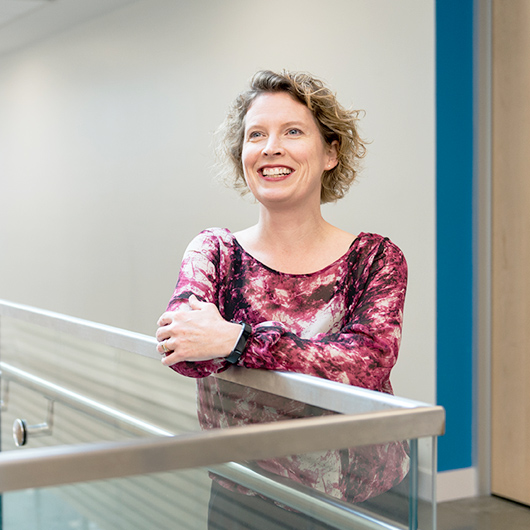
Jennifer Walsh Marr
From a starting point of investigating accountability in group work, Jennifer’s peer assessment project led to more student-centred teaching, and a better sense of community for her students.

